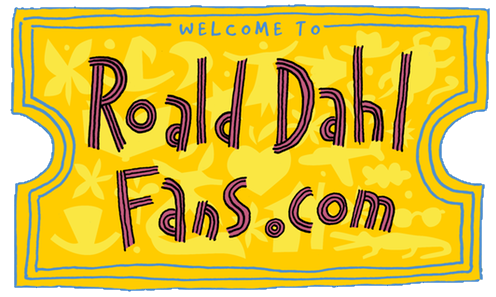Sections: Information | Plot Description
Information
- Connections:
- Describes the circumstances around his plane crash and claims that “A Lucky Break” is the story he wrote about it (when it was actually “Shot Down Over Libya”).
Plot Description
This isn’t really much of a story. It’s mostly just Dahl’s advice for becoming a writer and anecdotes about how he fell into the profession. A lot of the school passages seem to be reproduced in Boy.
Spoiler warning! Dahl starts off by giving advice to people who want to become full-time professional writers. He says that you have to have another day job to start, and he gives a list of qualities that you should possess. Then he flashes back to his days at St. Peter’s Prep School, where boys were savagely beaten for any infraction of the rules. He looks over some of his school reports trying to see any hint of his future career, but most of his teachers give him horrible marks in English Composition. His only good memories of those school years were the Saturday afternoons when the teachers would all go off to the pub and a local woman, Mrs. O’Connor, was brought in to watch the boys. Instead of merely babysitting them, though, she taught them about the entire history of English literature. By the time Dahl left for Repton, he was an insatiable reader. Repton was even worse for him, and when he left school he decided to work for Shell and visit exotic lands. He was posted to East Africa, but left in 1939 to join the R.A.F. and fight in World War II. He tells of his training and of the horrific crash that eventually got him invalided home. Then the R.A.F. decided to send him to America as “Assistant Air Attaché”. While there, he was contacted by the famous author C.S. Forester, who wanted to write a story about the crash. Dahl wrote down everything he could remember and sent it to Forester, who responded, “Did you know you were a writer?” The story was published “without any changes” in the Saturday Evening Post. Dahl goes on to talk about The Gremlins and how he was eventually able to meet Franklin Roosevelt. At the end of the story, Dahl talks about the red notebook that he wrotes down all of his plot ideas in. He even shows the reader the blurbs that eventually become Charlie and the Chocolate Factory and “Henry Sugar”. And that, he says, is “how I became a writer.”
